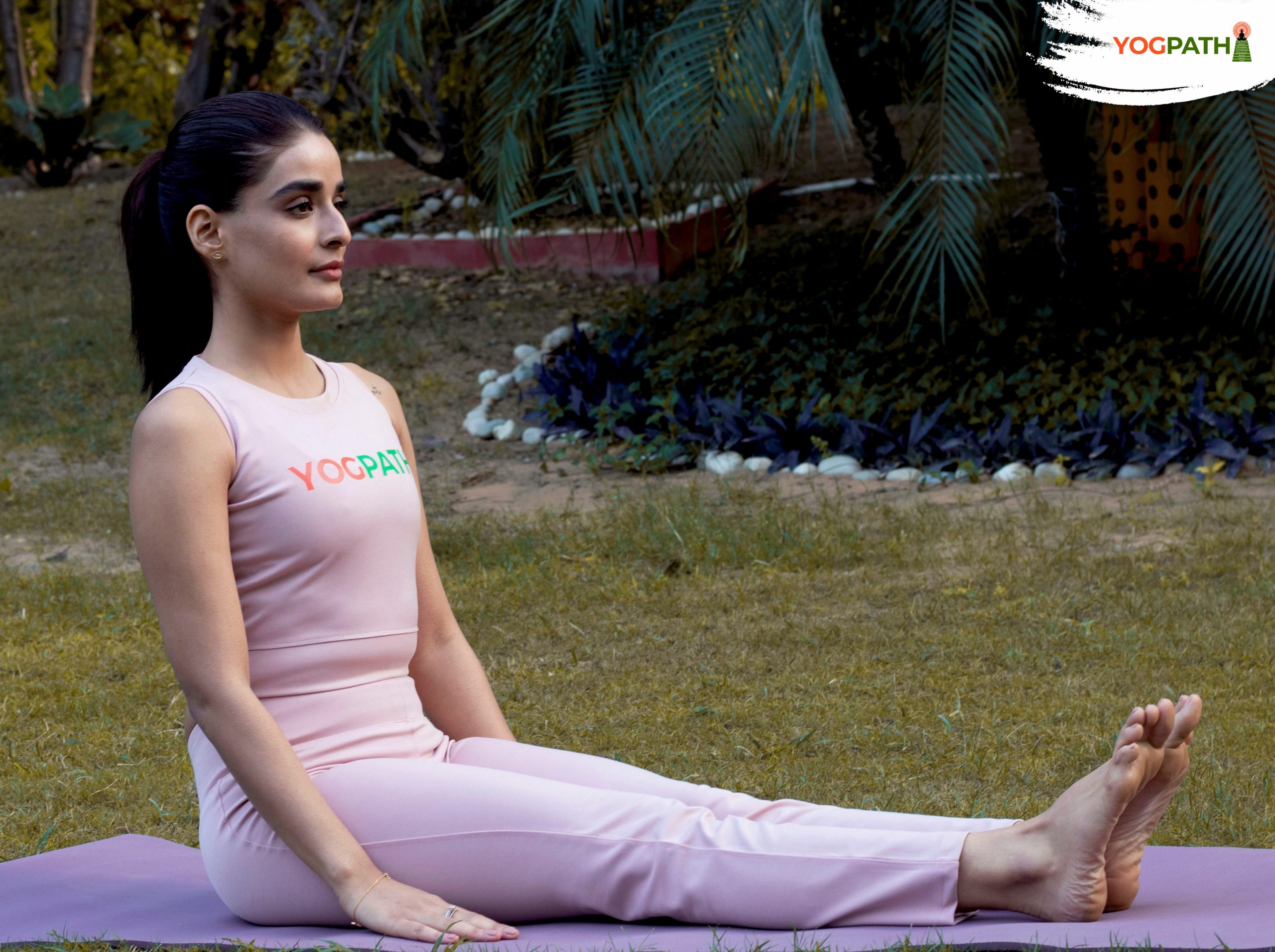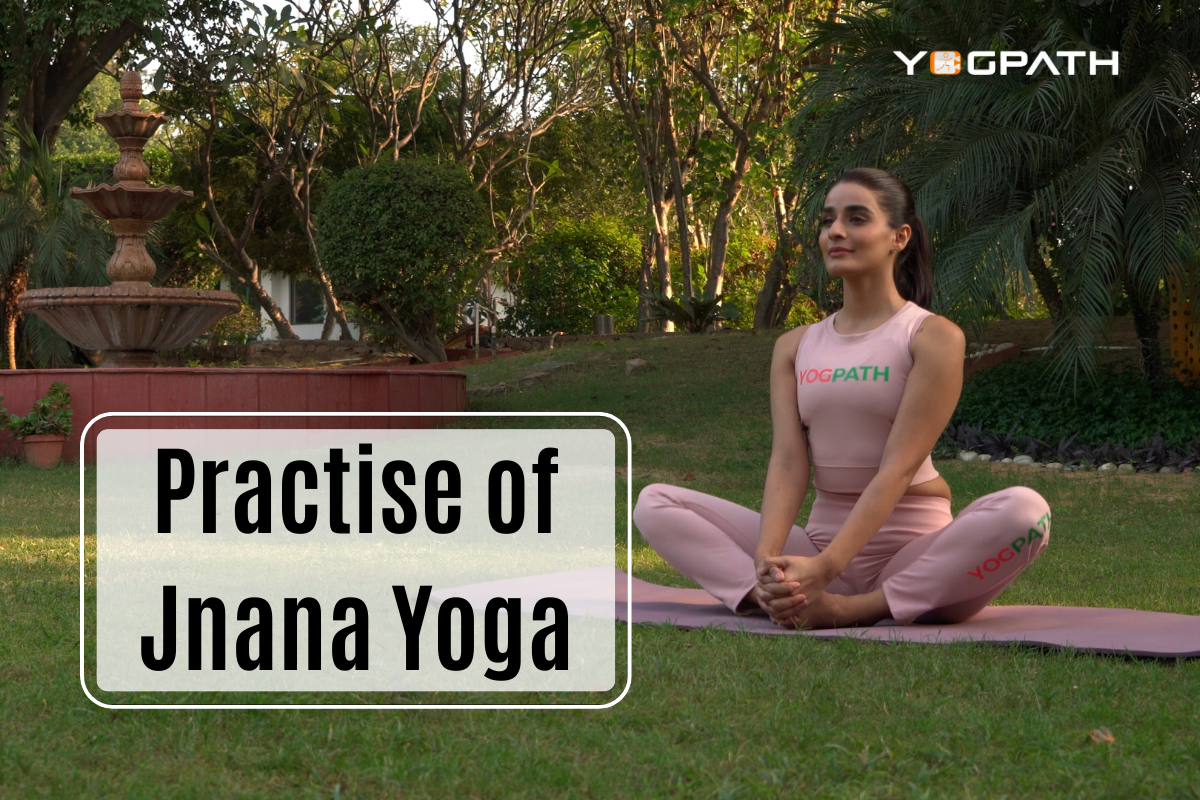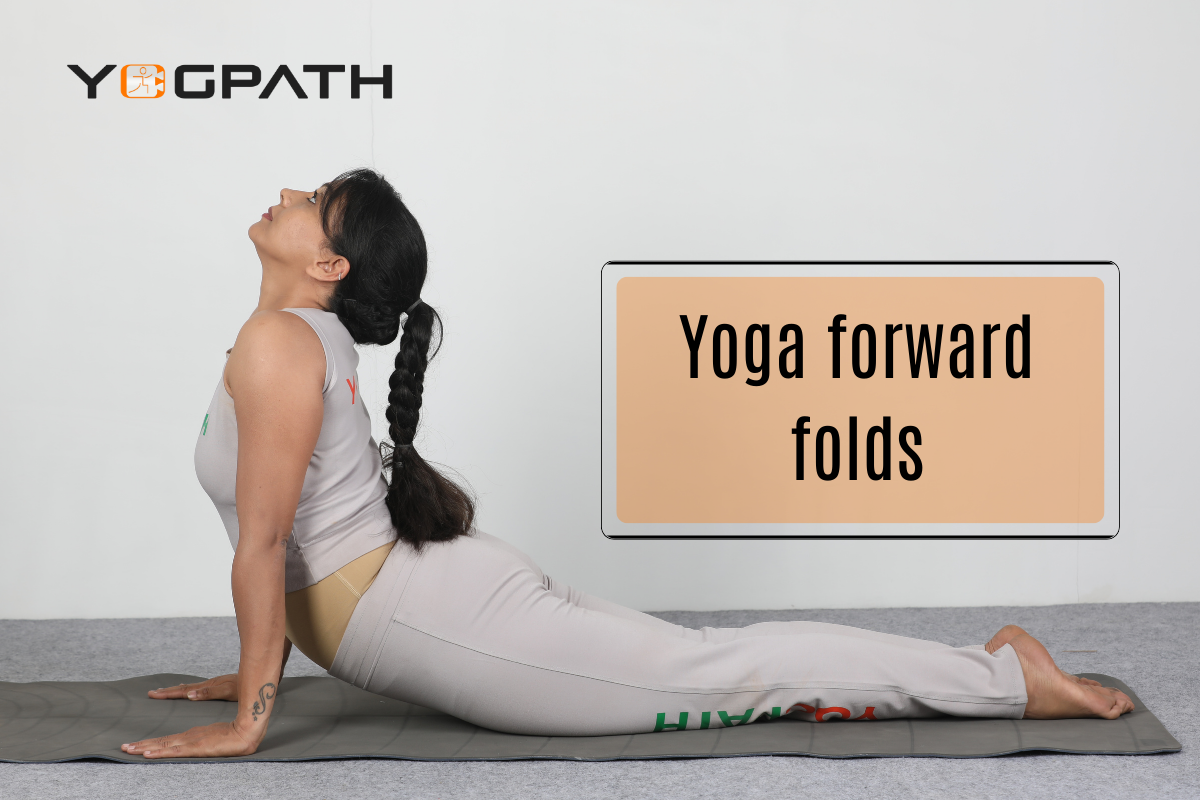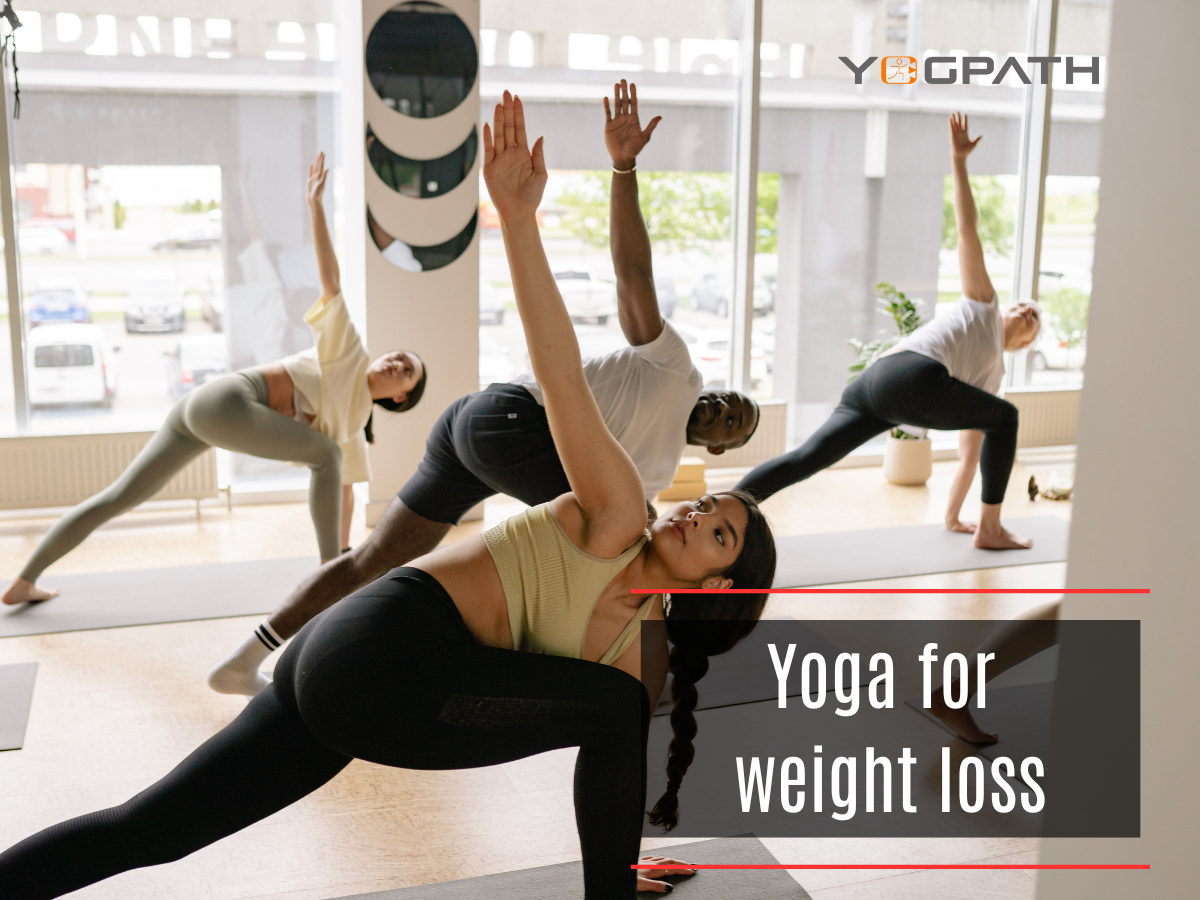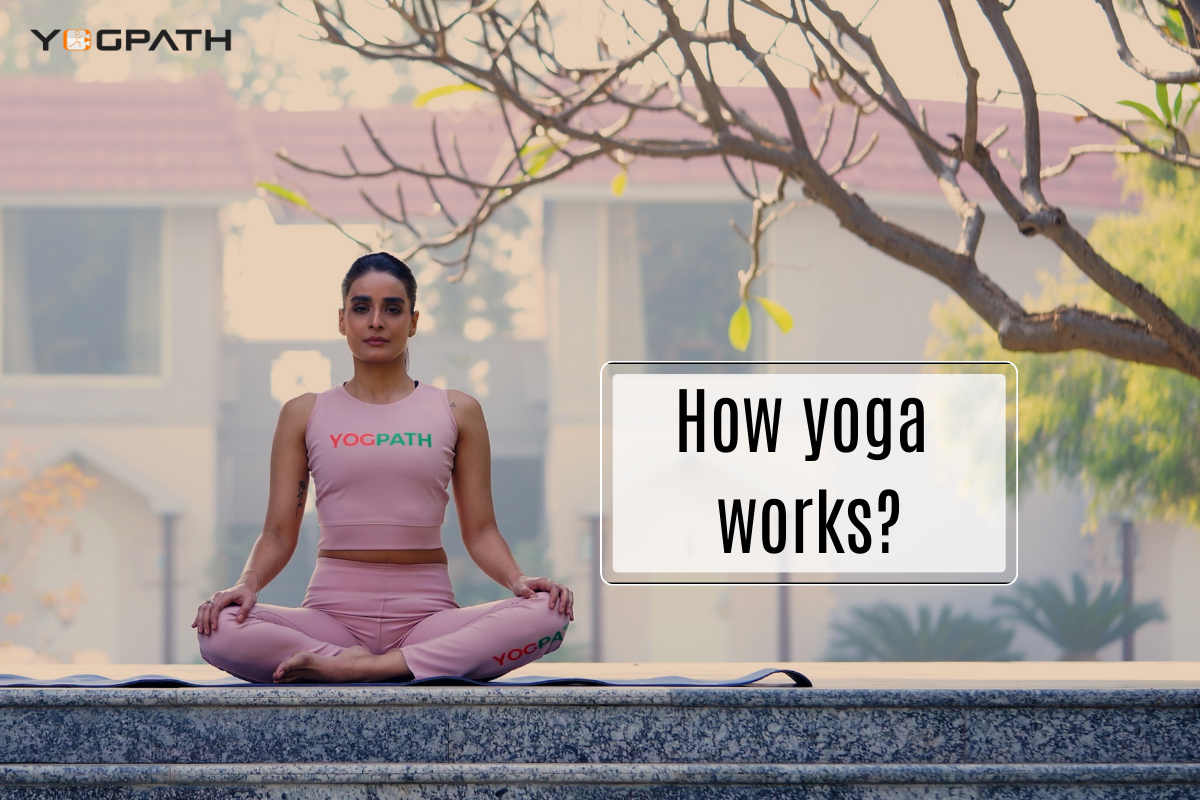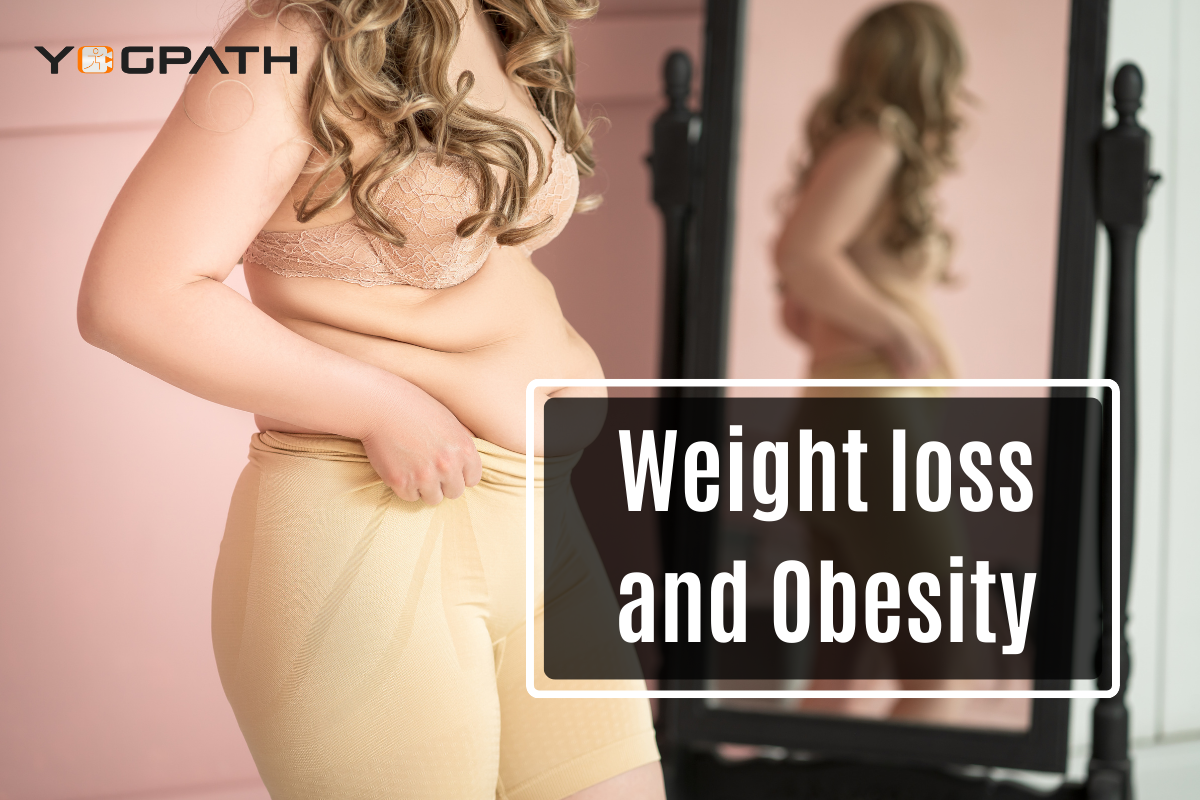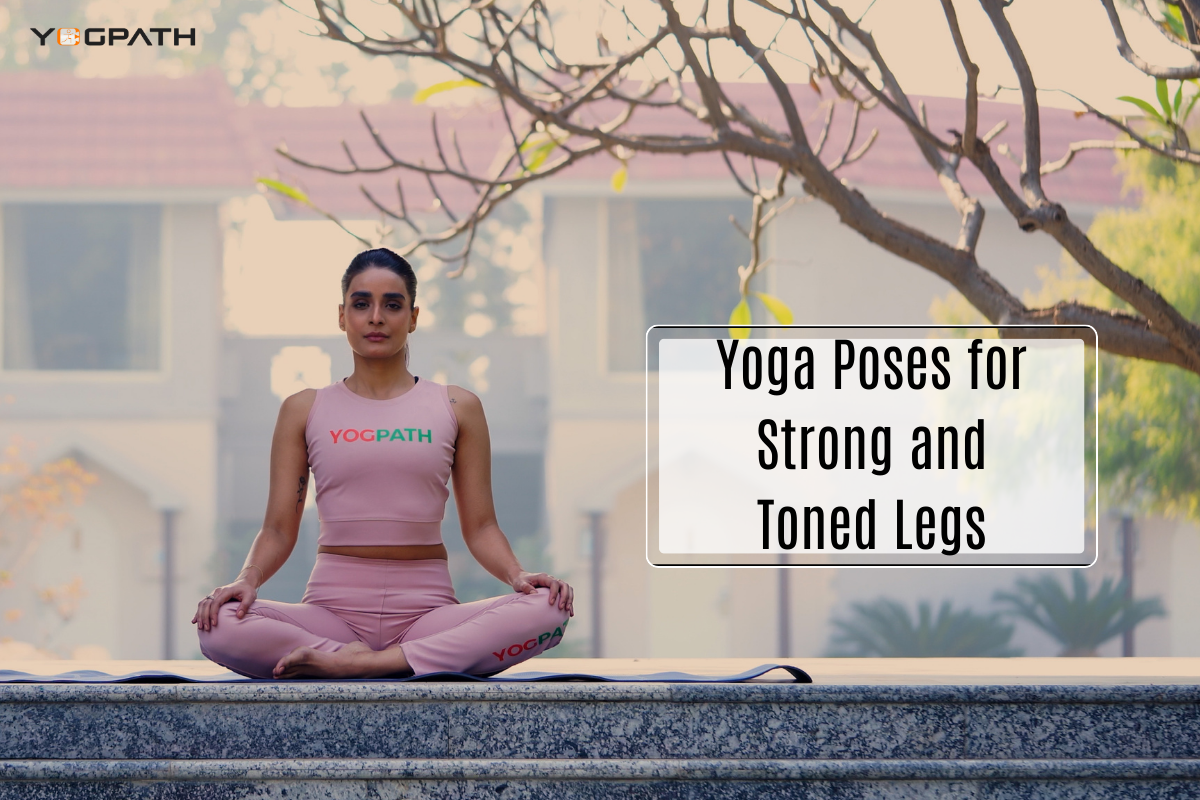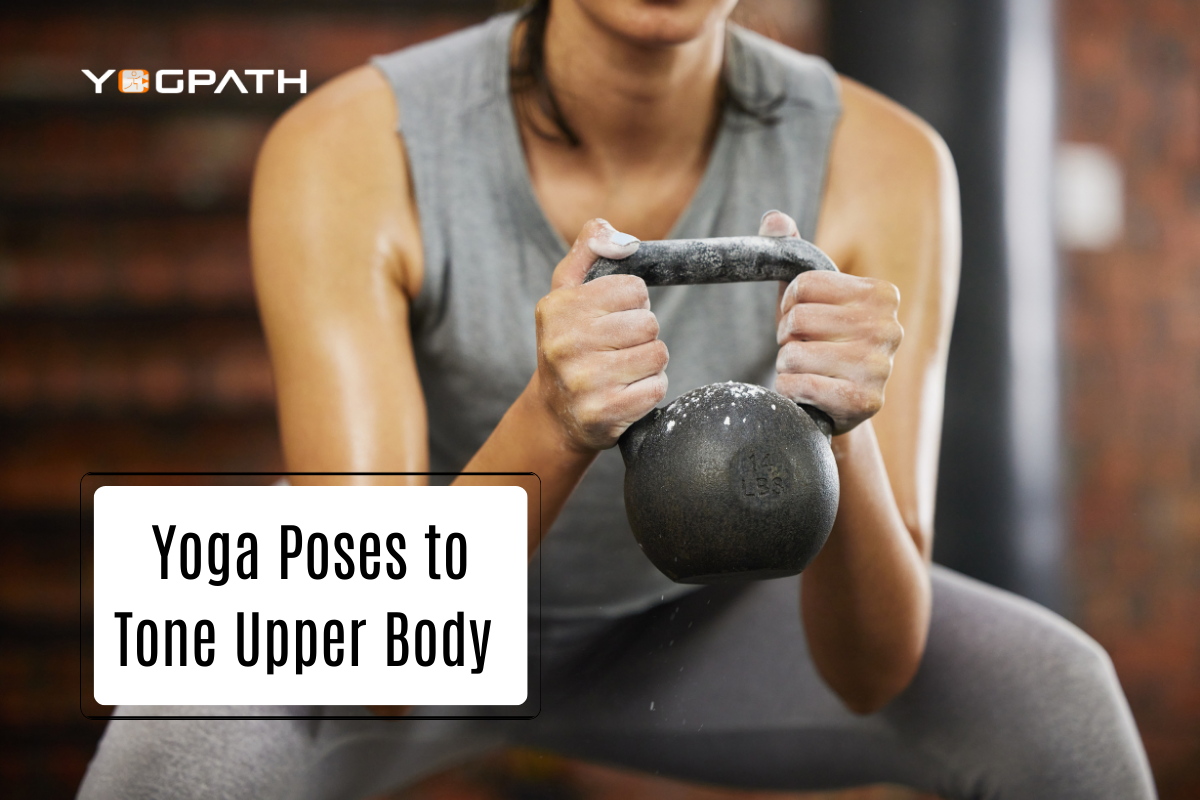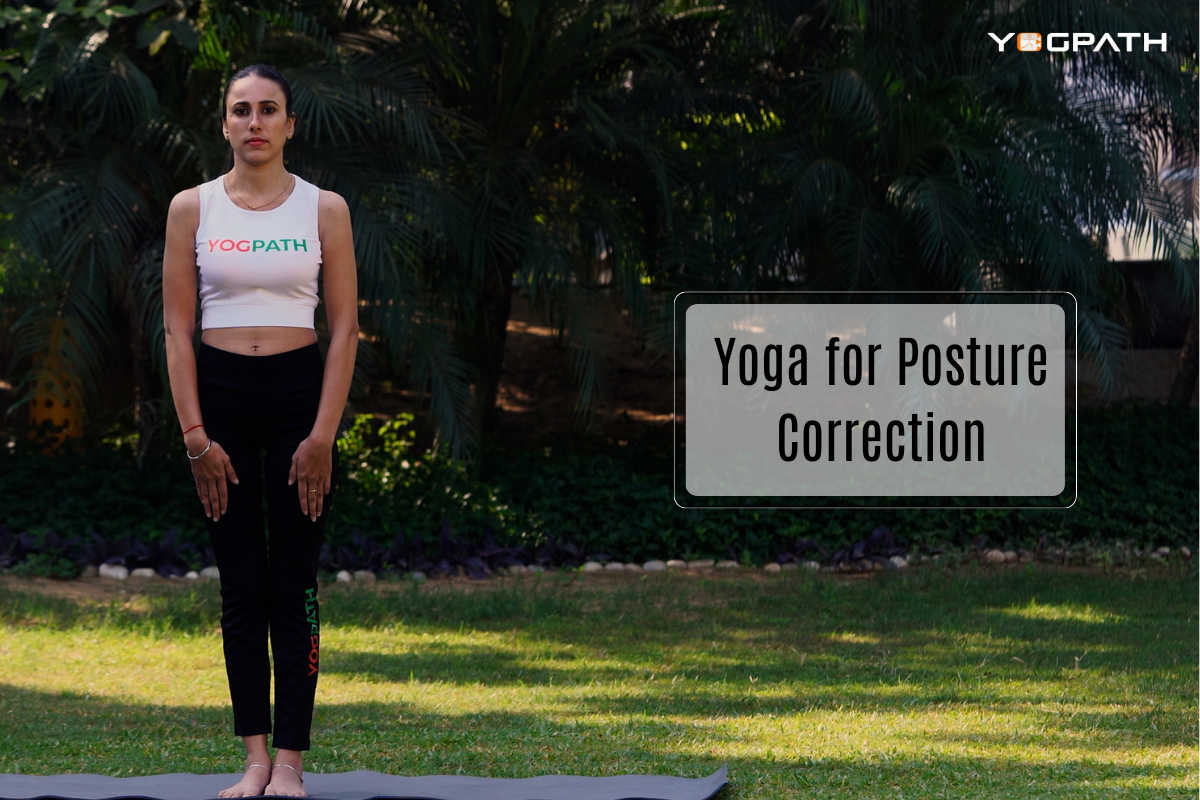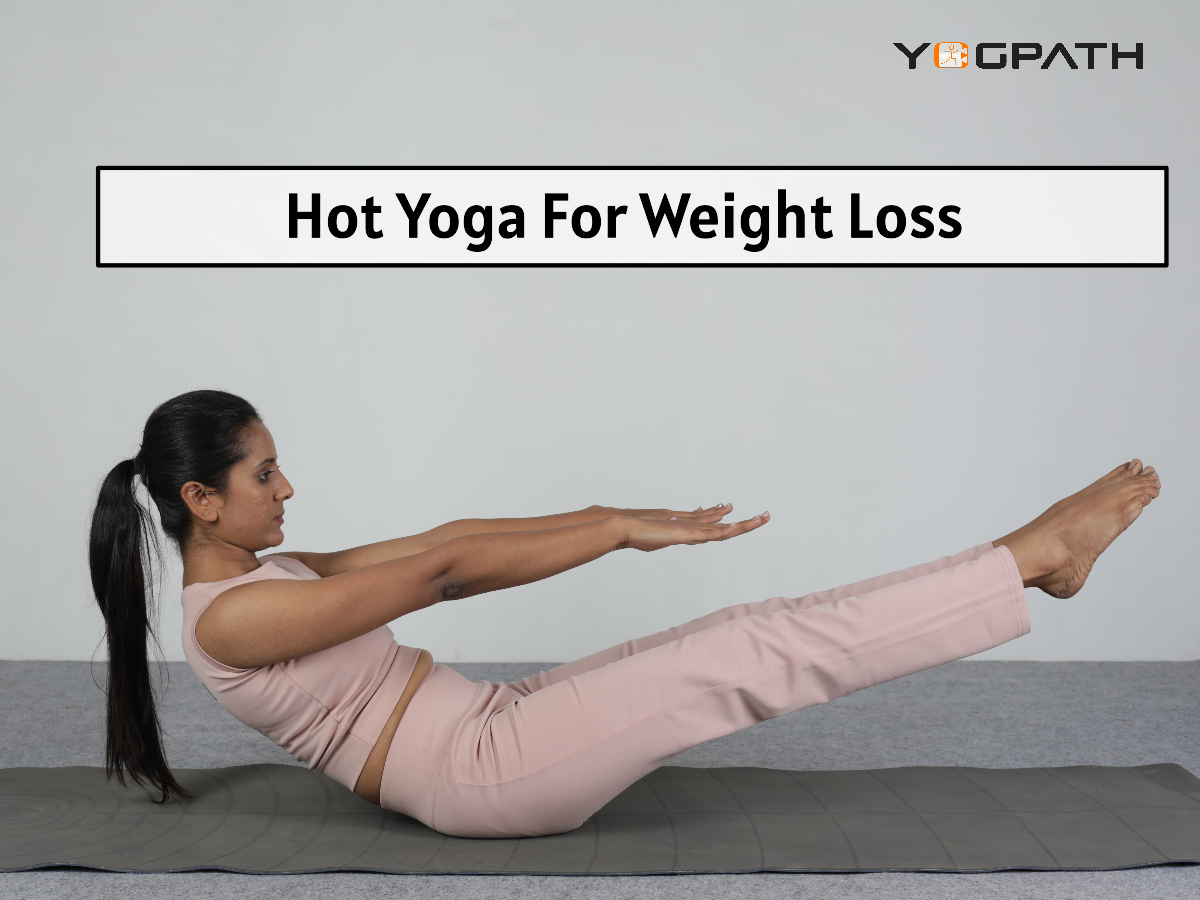
Hot Yoga for weight loss
Bikram yoga, also referred to as Hot Yoga, continues to garner both fervent devotees and scathing detractors. Some yoga practitioners still prefer practicing in a heated room, despite a scandal that apparently forced the creator of this style of yoga to flee the United States. Across the board, the number of Americans who practice yoga regularly keeps rising.
The number of people who do yoga in the United States was estimated to be 36 million in 2016. That’s an increase from 2012’s total of 20.
The vast majority of yoga practitioners are female (72%). Approximately 43% of the active practitioner population consists of those between the ages of 30 and 49.
There are no concrete statistics on how many of these individuals engage in hot yoga, but those who do report enjoying the intense perspiration it induces.
The typical Bikram yoga class lasts 90 minutes and consists of a set sequence of traditional yoga postures performed in a room heated to 105 degrees Fahrenheit (40 degrees Celsius) with 40 percent humidity. Different variations of “hot yoga” are offered by a variety of studios, all of which put their own spin on the original concept.
Yoga Shala in Portland, Oregon, on the other hand, is not one of these places.
Jody Kurilla, the director, has no problem sending potential hot yoga students to another studio.
To the devoted yogi of 25 years, the very concept of “hot yoga” seems contradictory. According to an interview she gave to in 2015, classic yoga shouldn’t involve a lot of sweating or a racing heart.
Further, the norm is not based on extremes. She explained that you should tune into your body without any outside noise.
If you’re really working up a sweat, the workout is probably too tough for you. Light perspiration is fine, but if your [breathing] or heart rate start to increase, you need to stop what you’re doing and cool down.
She went on to explain that practising yoga in a hot room was not the intention of the practise. Your goal should be to increase your prana, or energy, rather than decrease it.
According to her, the endorphins released by a hot yoga practitioner’s body when pushed beyond their comfort zone can become addictive.
Kurilla remarked, “Yoga is not about extremes.” The highs are extremely high, the lows are extremely low, and the middle is extremely boring, as the Dalai Lama himself has said. However, the meaning deepens with time.
The Washington Post reported in 2017 that advocates of hot yoga claimed the practise improved cardiovascular health, drained clogged veins, flushed out toxins, and boosted the immune system.
Proponents of hot yoga argue that the increased heart rate caused by the heat makes for a more effective cardiovascular workout and a greater caloric expenditure.
They also note that India has a warm climate, which is appropriate for practising yoga.
But Kurilla retorts, “They don’t practise outside in the hot weather. They work on their skills both before and after daylight.
In the 5,000-year history of yoga, practising in a heated room is a novel, controversial experiment.
Modern scientific studies pile up on the potential for traditional yoga to reduce stress and blood pressure, increase flexibility and balance.
However, the effects of practising yoga in a sauna-like environment remain largely unknown.
Caution is advised when practising hot yoga.
A 2015 study by the American Council on Exercise (ACE) raised some red flags about the practise of Bikram yoga.
Participants’ core body temperatures consistently increased throughout the entire 90-minute class if they were healthy and experienced with hot yoga, the study found. The highest temperature any of the participants experienced was 103 degrees, just below the 104-degree threshold at which medical professionals start to worry.
There is a risk of heat intolerance for those who are unfit or new to Bikram, as Dr. Cedric Bryant explained.
ACE suggests that beginners either stick to traditional yoga or try hot yoga at a studio that provides it at a lower heat.
Hot yoga classes at moderate temperatures are safe, according to a 2013 ACE study. If you feel dizzy, lightheaded, or confused during a hot yoga class, please lie down or leave the room.
If you’re feeling “out of sorts,” Bryant advises you to “use some common sense.”
Allison Abel Rissel, a yoga instructor from North Dakota with a master’s degree in exercise physiology, concurs.
She said in 2015, “It is hot in that room, but as long as you’re properly hydrated, I think it’s a manageable heat.”
Mindy Caplan, a yoga teacher and health fitness specialist certified by the American College of Sports Medicine, says that many participants don’t gradually increase their body temperature to the higher temperatures.
According to an interview she gave in 2015, “Groupon’s out there saying you can try hot yoga, and it’s usually somebody that’s never practised yoga and they go in there.” They need to drink more water. They are unfit and overweight.
Caplan tried Bikram briefly but does not advocate for its use among college students.
Health organisations in the United States and Canada have recommended that pregnant women and those with diabetes or cardiovascular disease, including high blood pressure, refrain from practising hot yoga.
There have been pregnant women in Rissel’s hot yoga classes, but “they’d been doing it for years,” so they were accustomed to the heat.
If you have a medical condition, it’s best to check with your doctor before starting a hot yoga routine to make sure you won’t put yourself at risk.
Pay attention to how your body is feeling during a hot yoga class.
We recommend that anyone who has a negative reaction to a hot yoga class should leave and get help right away.
Weight loss and hot yoga
Bryant argued that early season football practise in Texas was more dangerous than Bikram yoga.
There are a lot of people doing Bikram, and it’s not like the vast majority of them are having problems, Bryant said.
He claimed that hot yoga’s redeeming quality was that it wasn’t particularly strenuous. The human body can tolerate light activity even when extremely hot, but intense activity like football is too much.
Even so, one of hot yoga’s biggest selling points is the number of calories it burns. This is why hot yoga is Rissel’s go-to workout, she explains.
This claim doesn’t seem to hold up under scrutiny.
Studies show that hot yoga burns about 500 calories in a 90-minute class, which is about half of what some advocates and fitness apps claim.
When asked about increasing calorie burn to aid in weight loss, Bryant said, “I wouldn’t advocate it as a practise.” I think a lot of doctors and other medical professionals would be let down if they expected that from it.
According to a small study from January 2018 published in a reputable journal, it is not the heat of the room but rather the poses and stretching of Bikram yoga that provide the health benefits.


